Breastfeeding is a skill, and learning the ins and outs of latches and let downs can take some time. Breastfeeding parents are often offered a wealth of tips from friends, family, colleagues, and even strangers. Some of it is solicited—and some not.
For parents with inverted nipples, this dilemma is amplified even further.
My coworker’s wife’s second cousin couldn’t breastfeed with “the wrong” nipples. Can I?
Are nipple shields really that bad for my milk supply?
Is it just a bad latch?
Amidst conflicting advice and information overload, you may find your head spinning over inverted nipples. But don’t worry—the experts at Nest Collaborative are here to help.
Sometimes called retracted nipples, inverted nipples point inwards toward the breast tissue, rather than pointing outwards. Flat nipples lie flat against the areola, but don’t point inward.
One way to tell whether your nipple could be inverted is to gently pinch it at the base with your thumb and forefinger. If the nipple shrinks backwards toward your breast, rather than pointing further outward, it’s likely inverted. If it doesn’t invert or evert (or turn outward) with stimulation and stays flush against the surrounding areola, they are probably flat.
Keep in mind that some nipples might appear flat or inverted at rest, but will evert with stimulation.
Inverted nipples don’t necessarily pose special issues for breastfeeding. After all, it’s called breastfeeding instead of nipplefeeding for a reason! With practice and patience, the vast majority of parents with inverted nipples are able to breastfeed successfully—whatever that may look like for them.
However, some breastfeeding parents do find it challenging to get a good latch in the earliest days of feeding. Breastfeeding shouldn’t be painful, but as the skin around your nipples stretches and adjusts, you may take some time to adjust to the new sensations, although they should ease up in time.
If the discomfort doesn’t go away, ask an International Board Certified Lactation Consultant (IBCLC) to check your baby’s latch, a common culprit for breastfeeding pain and discomfort.
Despite what your coworker may have told you, breastfeeding with inverted nipples isn’t so different from breastfeeding with everted (“normal”) nipples. That said, there are some steps you can take to support your own success.
Previously protruding nipples that become inverted very suddenly can signal serious health issues, such as breast cancer. Otherwise, naturally inverted nipples aren’t a cause for concern.
Healthy nipples come in all shapes and sizes. Much like the parents who have them, nipples tend to vary in appearance. There is no one “normal” type of nipple—inverted nipples are just one healthy variation.
Nipple shields are small assistive devices that sometimes help babies learn to latch by simulating a firmer, longer nipple. When worn properly, a nipple shield should cover your areola and nipple. Your nipple should fit snugly inside the shield’s silicone nipple, and should be drawn into the shield and elongated as baby nurses. The tiny holes at the end should allow milk to transfer freely from your nipple to your baby's mouth.
Nipple shields are often viewed as a quick-fix “solution” for nipple inversion, but they aren’t always needed. In fact, improperly used, these shields may cause more problems than they solve.
Nipple shields come in multiple sizes and materials. Before you decide to use one, though, it’s best to consult with an IBCLC to determine whether a nipple shield is truly necessary. If so, they can help you find the right size and explain how to properly put it to use.
A baby’s latch is crucial to any breastfeeding journey, but a deep latch is particularly important when the breastfeeding parent has inverted nipples. If your baby takes in a large enough mouthful of breast tissue, the shape of your nipples may not impact your ability to breastfeed at all.
Even with a poor latch, your baby may still be able to remove milk from your breasts. However, poor latch can often lead to breastfeeding challenges, such as:
Thankfully, latching is a skill that you and your baby can work together to develop. In addition to following our good latch checklist, you may find the following technique, called the exaggerated latch or “flipple” technique, helps to increase the amount of breast tissue your baby takes in and improve your baby’s latch:
When breasts are engorged, the nipples tend to flatten out. If your breasts feel overly full or very firm, try softening them before latching your baby. Using your fingertips or the side of your thumb to apply gentle pressure to the area around your areola may be enough to soften the breast.
You might also choose to hand express some milk or use an electric pump—not until empty, just long enough to soften the breast prior to feeding.
Many babies tend to lick the nipple just before latching on. This may be sufficient to coax the nipple to become erect. Parents with inverted nipples often find success in using manual stimulation (gently pinching or rolling the nipple).
You could also briefly apply a cold washcloth to the area. Be careful not to overdo it, though. If you allow your breast to become numb, it may lead to temporary difficulties with letdown.
If all else fails, using an electric breast pump can help to draw out your nipple before breastfeeding at least for a few days or weeks, until your baby gets the hang of latching properly.
Sometimes, it takes a few days or even weeks to get the hang of breastfeeding with inverted nipples (for babies and parents). If your baby struggles to latch properly, hand expressing or using a breast pump can help you maintain your milk supply during the learning process.
Try to express milk as often as your baby would usually breastfeed. This tends to be around eight to twelve times every 24 hours for a newborn. To minimize the risk of artificial nipple preference, try to avoid bottles for the first 4-6 weeks and instead offer your baby this milk via a syringe, cup, or spoon if you can.
Whether breastfeeding is proving difficult for you or you’re preparing before your baby is born, you don’t have to go it alone. Help is at your fingertips! We’re here to support you—every day of the year, including the holidays.
To learn more about breastfeeding successfully with inverted nipples, book a convenient online video appointment with a Nest Collaborative IBCLC today.
